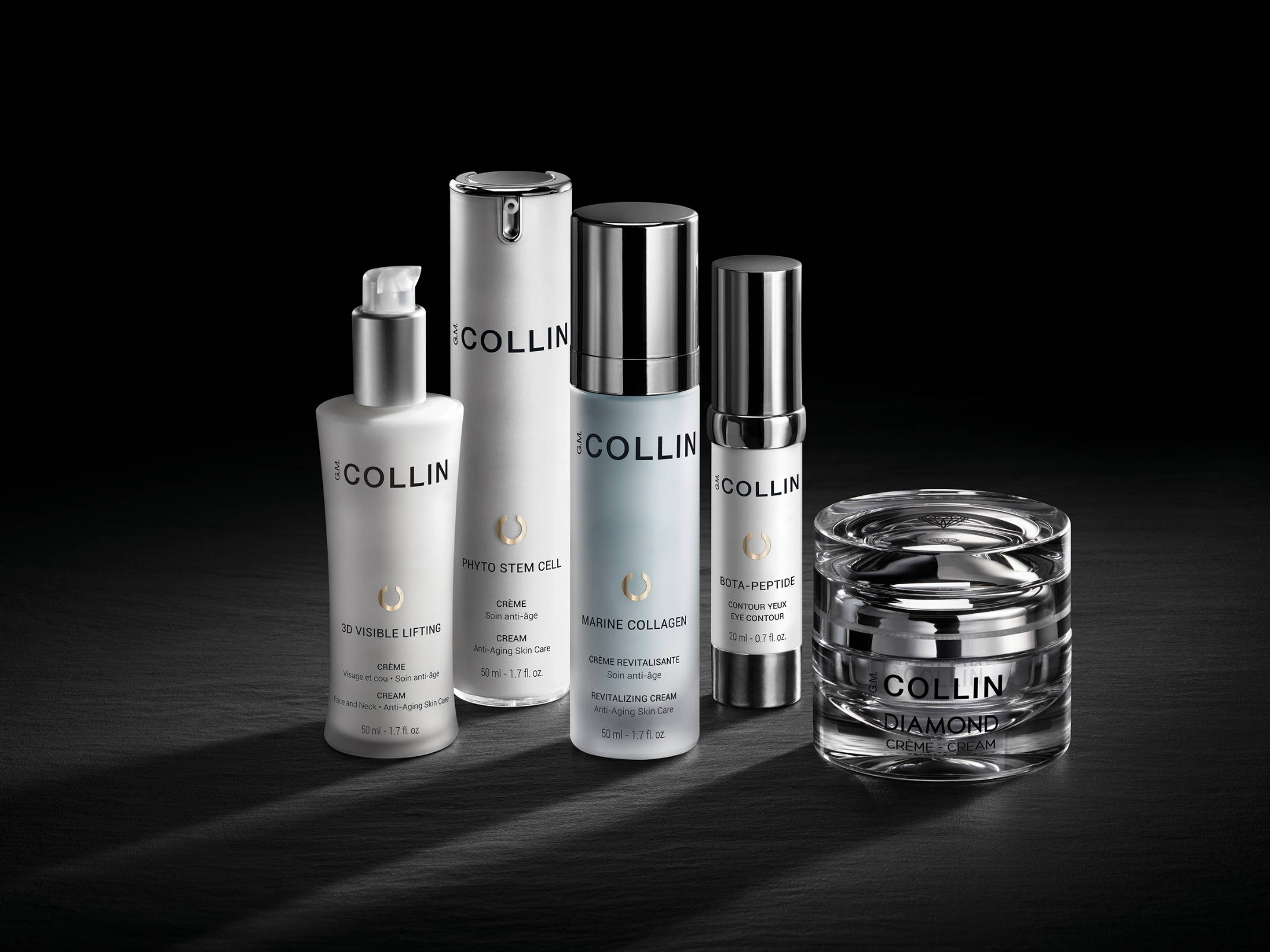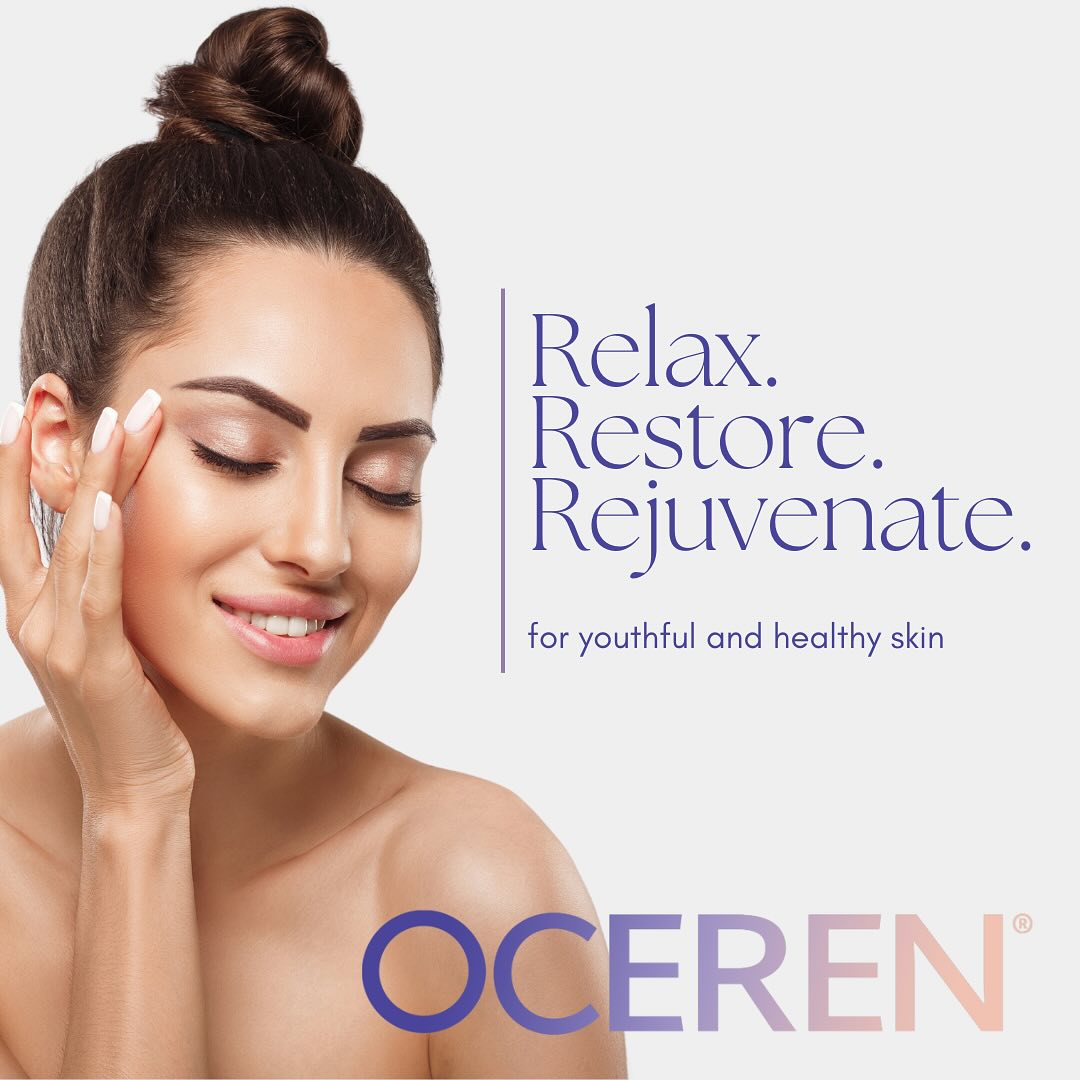Oily Skin : Symptoms, Cause and How to Treat It

Oily skin is simply skin that produces more sebum than normal. Everyone has some oil on their face, but with oily skin the glands in the skin go into overdrive. This excess oil often makes your skin look and feel shiny. You might notice yourself using several blotting sheets in a single day, or feeling that your face is greasy only a few hours after washing.
The extra oil can also trap dead skin cells in your pores. When oil and dead cells mix, they form plugs that show up as blackheads or whiteheads and pimples. n other words, oily skin is often linked with more acne breakouts. While oily skin can feel like a nuisance, it also has some upsides: people with oily skin tend to develop wrinkles more slowly, and oil helps protect the skin’s moisture barrier. But most people want to control oily skin to reduce shine and breakouts, while still keeping skin healthy.
Common Symptoms of Oily Skin
- Shiny or greasy sheen on the face, especially in the T-zone (forehead, nose, chin). You might notice your skin looks glossy even right after washing.
- Large, visible pores, especially around the nose and cheeks. Excess oil can stretch pores and make them look bigger.
- Blackheads and clogged pores. The extra sebum easily mixes with dead skin cells, clogging pores and leading to blackheads.
- Frequent breakouts or pimples. Oily skin is prone to acne because bacteria and debris get trapped under the skin.
- Makeup that slides off. If you wear foundation or powder, you may find it wears off quickly as it mixes with skin oil.
If you’re spotting these signs, constant shine, easy clogging, or greasy feel, you likely have an oily skin type. The good news is that with the right routine and products, you can treat oily skin and minimize these symptoms.
Causes of Oily Skin
Oily skin can have several underlying causes. Often it’s a mix of factors:
- Genetics: If one or both of your parents have oily skin, your skin is likely to make more oil too.
- Hormonal changes: Hormonal fluctuations — during puberty, the menstrual cycle, pregnancy, or menopause — can increase sebum production. This is why teenagers often have very oily skin. Adult women may also notice oiliness rise just before their period. Conditions like polycystic ovary syndrome (PCOS) can also trigger oily skin and acne.
- Skincare Routine: Ironically, using the wrong skincare routines or products can increase oiliness. Over-washing or scrubbing the face too aggressively removes oil, causing the glands to “compensate” by pumping out even more sebum. . Using heavy, oil-based moisturizers or makeup can also make skin oilier. Finding gentle, appropriate products is key.
- Lifestyle: Stress and lack of sleep can reduce skin hydration.
- Climate and Season: Hot, humid weather makes skin oilier. Many people find their skin is especially shiny in summer or in tropical climates. The sweat and humidity stimulate the glands, whereas drier winter weather can reduce oiliness.
How to Treat Oily Skin
Many over-the-counter products combine these ingredients. When you read labels, prioritize salicylic acid and niacinamide for oil control. Also remember simpler care: avoid alcohol or harsh astringents that can irritate and trigger more oil.
Recommended Skincare Products for Oily Skin
Remember
When choosing skincare products, look for those specifically designed for oily and acne-prone skin. Here are some recommendations:
PURACTIVE+ CLEANSING Gel
Gentle fragrance-free and alcohol-free foaming gel gently removes excess sebum, impurities and makeup while respecting the skin’s physiological pH.
- Deep cleanses pores and invigorates the skin
- Purifies and refines the appearance of enlarged pores.
KEY INGREDIENTS
- Aloe Barbadensis (Aloe Vera) leaf juice: Moisturizes
- Allantoin: Soothes
- Complex of Essential Oils (Grapefruit, Geranium, Lavender, Rosemary, Camphor, Cypress): Purifying
- Panthenol: Moisturize
how to use
Apply and emulsify with wet fingers. Rinse with lukewarm water.
Frequency: morning and evening.
PHYTOAROMATIC GOMMAGE
This granular botanical exfoliator comes in the form of a creamy emulsion. It is formulated with polished rice powder for gentle, non-abrasive exfoliation and extracts of cucumber, jojoba and ginkgo biloba.
- Refines skin texture / brightens skin tone.
- Improves the appearance of scars.
- Revitalizes, soothes and moisturizes.
KEY INGREDIENTS
- Polished Rice Powder (Oryza Sativa): Mechanical exfoliation
- Cucumber (Cucumis Sativus) fruit extract: Soothes
- Jojoba (Simmondsia Chinensis) seed oil: Softens
- Ginkgo Biloba extract: Antibacterial
- Complex of Essential Oils (Geranium, Lavender, Rosemary, Camphor, Cypress): Purifies
how to use
Should be applied on damp skin. After the cleanser, apply a thin layer, sufficient to cover the skin. Leave to work for 10 to 15 minutes. Rinse thoroughly.
Frequency: 1 to 2 times a week.
ACTIVE EXFOLIANT POWDER
An innovative triple action exfoliant that combines a gentle granular action, along with a chemical and enzymatic action. Activated with water, it transforms into a frothy, mousse-like texture.
- Gentle enough for daily use.
- Contains a powerful synergy of Sea Fennel Extract, Vitamin E and Niacinamide to cleanse and purify the skin.
- Leaves the visibly luminous, soft and fresh.
KEY INGREDIENTS
- Oryza Sativa (Rice) Powder: Granular exfoliant
- Salicylic Acid: BHA-keratolytic
- Carica Papaya (Papaya) Fruit Extract: Enzymatic exfoliant
- Sea Fennel: Visibly improves skin radiance
how to use
Wet hands then pour half a teaspoon of powder into the palm of your hand. Add a little water and lather by rubbing your hands together. Apply to the face and gently massage in circular motion, avoiding the eye area. Rinse with lukewarm water. Follow with the appropriate skin care routine.
Frequency: 3 to 4 times a week, suitable for daily use.
PURACTIVE+ PURIFYING MIST
This highly thirst-quenching skin serum is formulated with a synergy of hyaluronic acid, AcquaCell®, and a hydrating complex.
- Provides immediate and long-lasting hydration (up to 24 hours) for dehydrated skin.
- Replenishes the skin’s moisture barrier.
- Helps restore and maintain the skin’s moisture level.
- Provides softness and suppleness to the skin.
KEY INGREDIENTS
- Synergy of high and low molecular weight hyaluronic acid: Hydrates
- PatcH2oTM sustained hydration complex (trehalose, urea, serine, algin, sodium hyaluronate, pullulan): Immediate and long-lasting hydration
- Plankton extract: Protects
- Acquacell® (watermelon fruit extract, apple fruit extract, lentil fruit extract, sodium lactate, sodium PCA): Moisturizes
- Xylitol blend (xylitylglucoside, anhydroxylitol, xylitol): Maintains NMF
how to use
After the G.M. Collin cleanser and mist, apply and massage the serum.
Frequency: Apply daily morning and/or evening.
PURE MASK
Formulated with clay and super-berries, this purifying, velvety mask is a source of powerful antioxidants.
- Absorbs excess oil without drying out the skin.
- Pores appear tightened.
- Reduces the appearance of redness.
- Purifies and reveals fresher-looking skin.
KEY INGREDIENTS
- Rhodomyrtus Tomentosa Fruit Extract : Purifies, Antibacterial
- Tropaeolum Majus flower, leaf and stem extract (Nasturtium flower extract): Purifies
- Salicylic acid: Keratolytic
- Peumus Boldus leaf extract (Boldo Extract): Antibacterial, Purifies, Soothes
how to use
On clean and dry skin, apply uniformly on face and neck. Leave on for 15 to 20 minutes. Rinse well. Use 2 times a week.
PURACTIVE+ ESSENTIAL OIL COMPLEX
An aqueous formula containing a synergistic combination of essential oils, salicylic acid and aloe vera. This “must have” complex reduces the appearance of skin imperfections, purifies, calms and refines skin texture.
- Can be used as a serum for oily skin with or without imperfections, over the entire face.
- Can be used as a spot treatment.
- Can be used before and after extraction, or to prepare the skin for waxing.
KEY INGREDIENTS
- Salicylic Acid: Keratolytic deep cleans pores
- Complex of Essential Oils (Geranium, Lavender, Rosemary, Camphor, Cypress): Purifies
- Aloe Barbadensis (aloe vera) juice extract: Soothes
how to use
Shake well before using. Apply locally using a cotton pad. Avoid eye contour area.
Frequency: Morning and/or evening.
NATIVE COLLAGEN GEL
Developed with a complex that strengthens and soothes the skin, combined with biotechnological ingredients, this regenerating gel promotes prolonged hydration.
- Provides superior skin soothing and hydration.
- Visibly smoothes skin and reduces the appearance of fine lines and wrinkles.
- Can be used as a serum for dry skin or alone for oily skin.
KEY INGREDIENTS
- Soluble Native Collagen, Hydrolyzed Elastin and Oligopeptide-5: Moisturizes
- Sodium Hyaluronate (Hyaluronic Acid): Hydrates
- Biosaccharide Gum-1: Moisturizes, Soothes
how to use
Apply the quantity best suited for your skin absorption.
Frequency: Morning and/or evening
NATIVE COLLAGEN GEL
Formulated with antimicrobial peptides, this lightweight, non-greasy emulsion is ideal for normal to oily skin.
- Moisturizes skin while helping to reduce excess oil.
- Matifies the skin all day and tightens enlarged pores.
- Restores radiance to the complexion and refines skin texture.
KEY INGREDIENTS
- Boldo Extract (Peumus Boldus Leaf Extract) : Antibacterial, purifies, soothes
- Oleanolic Acid and NDGA (Nordihydroguaiaretic Acid): Visibly mattifies the skin
- Zinc Amino Acids: Antiseptic
- Oxygeskin® (Tropaeolum Majus Flower/Leaf/Stem Extract): Revitalizes
- Complex of Essential Oils (Geranium, Lavender, Rosemary, Camphor, Cypress): Purifies
- Dermaxyl® (Complex of Oligopeptides and ceramides): Smoothes wrinkles
- Sodium Hyaluronate: Hydrates
how to use
After the appropriate G.M. Collin cleanser and mist, apply the quantity of cream best suited for individual skin absorption and massage thoroughly.
Frequency: Morning and/or evening.
PURACTIVE+ CLEANSING FOAM
Formulated for oily skin with blemishes, this light foam removes impurities that clog pores and can lead to skin eruptions. Containing salicylic acid, niacinamide and antiseptic ingredients, this formula is a must for skin with blemishes.
- Cleanses and eliminates excess sebum.
- Purifies and refines the skin’s texture.
- Unifies the complexion while matifying it.
KEY INGREDIENTS
- Salicylic Acid: Keratolytic
- Niacinamide: Antibacterial
- Hexamidine Diisethionate: Triple action asepticizer
- Ruscus Aculeatus Root Extract, Ammonium Glycyrrhizate, Centella Asiatica Leaf Extract, Hydrolyzed Yeast Protein, Calendula Officinalis Flower Extract, Panthenol, Escin: Soothes
how to use
Apply and emulsify with wet fingers. Rinse with lukewarm water. Complete with the appropriate mist and skin care products. Once a day or less, as recommended by your skin care professional.

